Content on this page:
Content on this page:
Evaluation
Indications for Hospital Admission
The following are indications for hospital admission: Severely dehydrated; the presence of shock, intractable or bilious vomiting, neurologic abnormalities (eg lethargy, seizures); difficulties in oral rehydration therapy (ORT) administration (eg continuous vomiting, refusal or inadequate intake of oral rehydration solution [ORS]); failure of oral rehydration solution treatment, including worsening diarrhea or dehydration despite adequate volumes; the presence of coexisting illnesses; a family incapable of providing adequate care at home; concerns that might prevent return for evaluation or follow-up; and young age.
Principles of Therapy
Viral gastroenteritis is generally a self-limiting illness.
Assessment of Severity of Dehydration
The goals in assessing the severity of dehydration are to provide the basis for treatment; and to identify patients who can safely be sent home for therapy, who should remain for observation during therapy, or who may need hospitalization for intensive therapy.
Rehydrate and Maintain Hydration
The goals of treatment are to maintain hydration status and manage fluid and electrolyte imbalance, mainly based on the degree of dehydration. An empiric antimicrobial therapy should not be given except for immunocompromised patients.
Pharmacological therapy
Oral Rehydration Solutions (ORS)
The formula recommended by the World Health Organization (WHO) is a concentration
of 75 mEq/L sodium, and 75 mmol/L glucose with a total osmolarity of 245
mOsm/L, or ½ teaspoon of salt and 6 teaspoons of sugar in 1 L of water. There
should be a lower osmolarity that is proportionally reduced sodium and glucose
concentrations. The formulation has been shown to reduce vomiting and the need
for intravenous fluids.
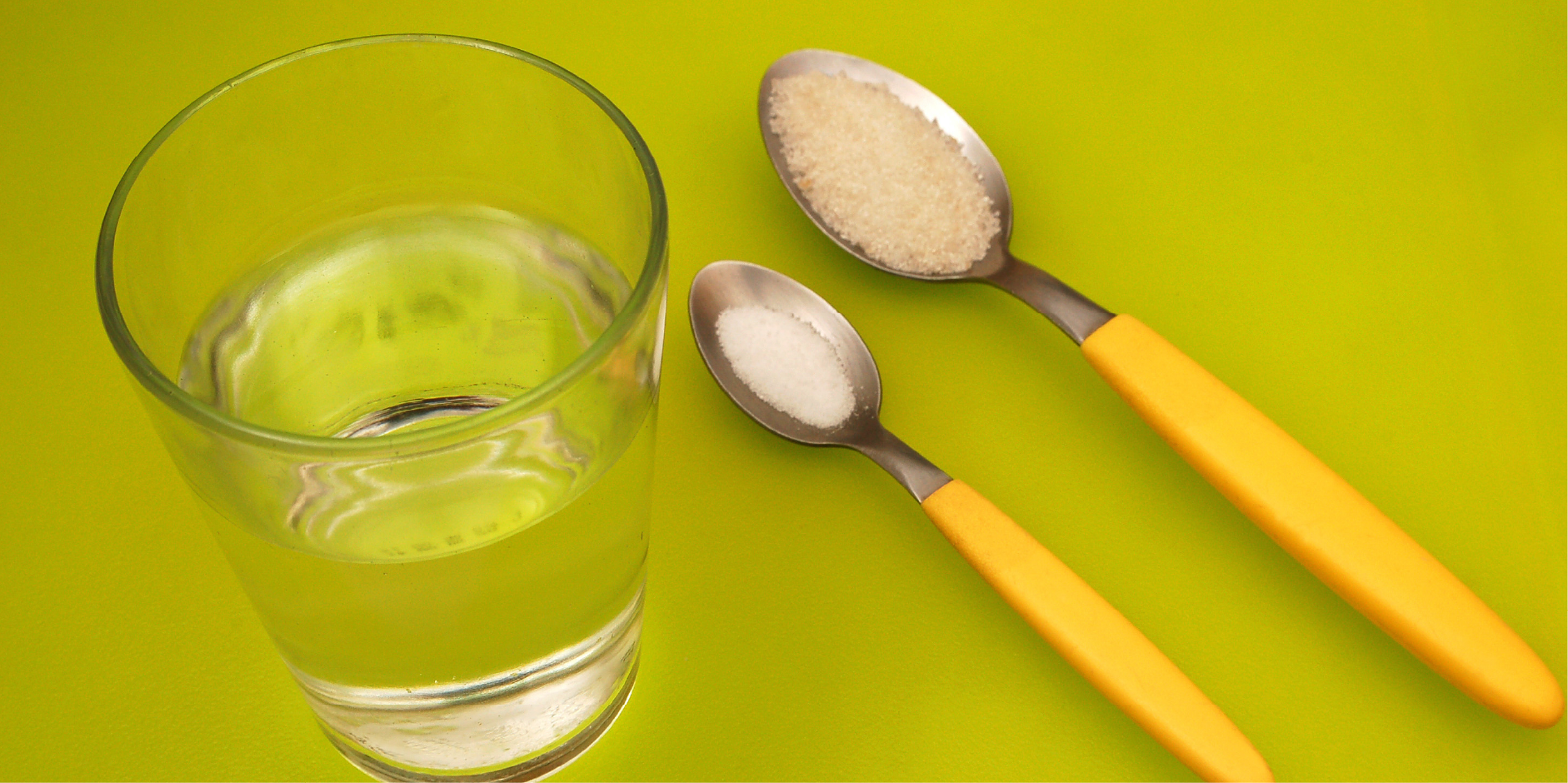 Gastroenteritis - Viral_Management 1
Gastroenteritis - Viral_Management 1The World Health Organization (WHO)-recommended amounts to be given based on weight and age are as follows:
| Weight | Age | Amount (within the first 4 hours) |
| <5 kg (11 lb) | <4 months | 200-400 mL |
| 5-7.9 kg (11 lb -17 lb, 7 oz) | 4-11 months | 400-600 mL |
| 8-10.9 kg (17 lb, 10 oz - 24 lb) | 12-23 months | 600-800 mL |
| 11-15.9 kg (24 lb, 4 oz - 35 lb) | 2-4 years | 800-1,200 mL |
| 16-29.9 kg (35 lb, 4 oz - 65 lb, 15 oz) | 5-14 years | 1,200-2,200 mL |
| ≥30 kg (≥66 lb, 2 oz) | ≥15 years | 2,200-4,000 mL |
Oral rehydration solution is the preferred first-line treatment in
children with mild to moderate dehydration for replacement of fluid and
electrolytes. This is as effective as intravenous fluids in rehydrating
patients with mild to moderate dehydration. Severe vomiting, abdominal ileus,
altered mental status, gastrointestinal (GI) disease with absorption concerns, and
being in a state of hemodynamic shock are contraindications to oral rehydration
solution.
Nasogastric (NG) Oral Rehydration Solution
Nasogastric oral rehydration solution may be given to moderately
dehydrated patients who cannot tolerate oral administration of oral rehydration
solution and to children who are too weak and refuse to drink, which may cause
insufficient hydration if only by oral intake. Nasogastric feeding allows
continuous oral rehydration solution administration at a slow and steady amount.
Intravenous (IV) Fluids
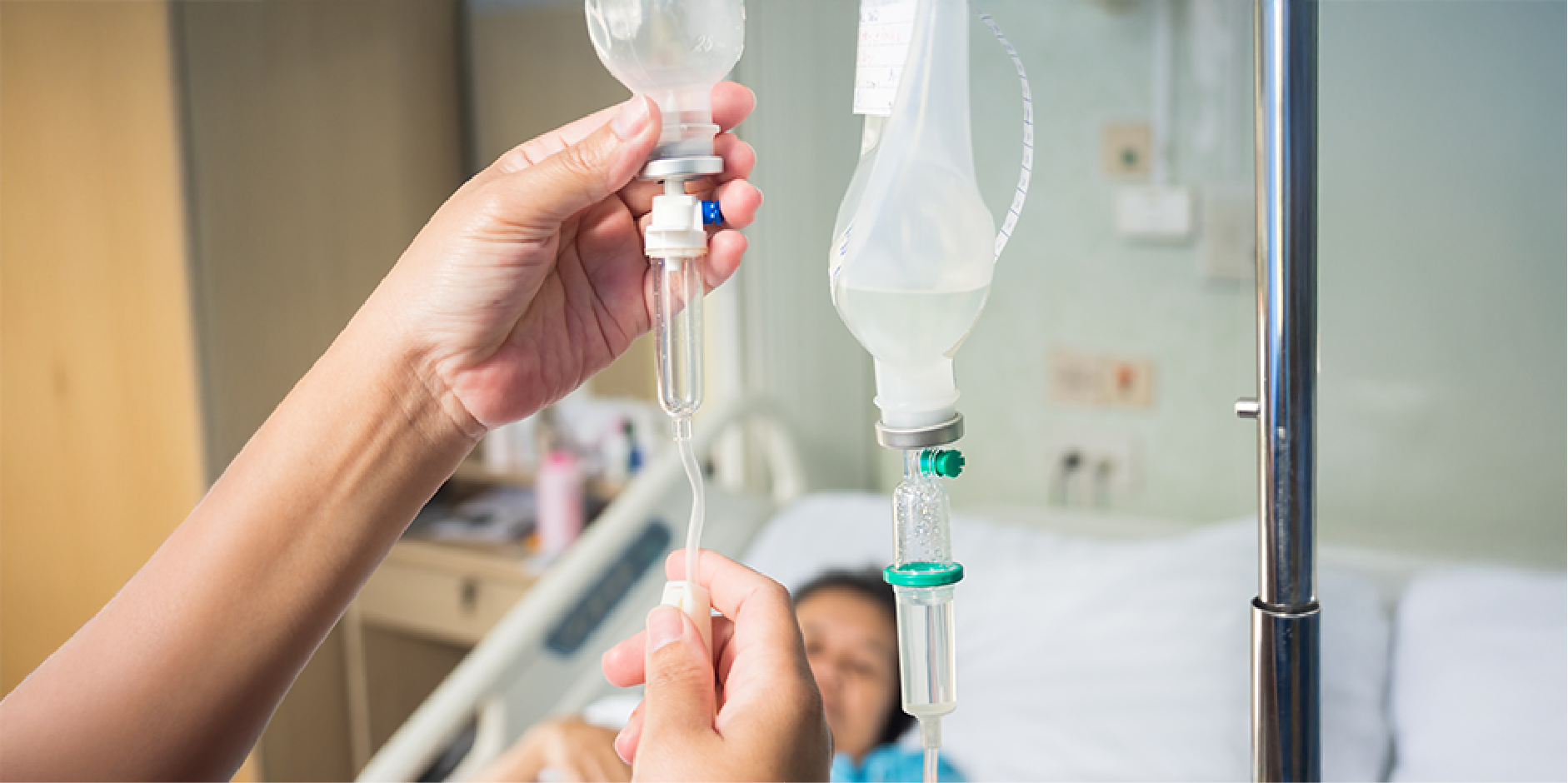 Gastroenteritis - Viral_Management 2
Gastroenteritis - Viral_Management 2
Intravenous fluids (IV) are given for 4-6 hours or until adequate
hydration is achieved. Intravenous fluids are recommended in the following
patients: Severely dehydrated; in whom oral hydration has failed due to severe
vomiting or excessive stool output; patients with intestinal ileus or
intestinal obstruction; and patients in shock or altered mental status. Saline
solution and lactated Ringer’s solution are effective options. A rehydrated
state should be maintained by continuous replacement of losses.
Mild Dehydration
For mild dehydration, administer 50-100 mL of oral rehydration solution
to children <2 years old, 100-200 mL to children 2-10 years old, or an unlimited
amount for children >10 years old after each loose stool, or 20 mL/kg body
weight/hr, to replace estimated fluid deficit. Several trials support the use
of nasogastric oral rehydration solution feeding even in patients with
continuous vomiting or with the presence of oral ulcers. Continue breastfeeding
during diarrhea or resume age-appropriate feeding as soon as rehydration is
complete. Rapid intravenous hydration may also be administered.
Moderate to Severe Dehydration
Start the patient on rapid intravenous rehydration. Administer 20 mL/kg
body weight of IV lactated Ringer’s solution or normal saline solution (0.9%
NaCl) until the pulse, perfusion and mental status return to normal, followed
by 100 mL/kg body weight of oral rehydration solution for 4 hours or 5%
dextrose ½ normal saline IV at two times maintenance fluid rates. Alternatively,
give 100 mL/kg body weight. Then, for infants <1 year old, give 30
mL/kg/body weight within the first hour, followed by 70 mL/kg/body weight
within 5 hours. For children >1 year old, 30 mL/kg/body weight IV fluid may
be given within the first 30 minutes, followed by 70 mL/kg/body weight within
2.5 hours. Assess hydration every 15-30 minutes until hydration improves, then
hourly thereafter. Administration of oral rehydration solution should be
started once the patient’s condition stabilizes and it may also encourage early
resumption of feeding. A study shows that giving of oral rehydration solution
may lead to rapid resolution of acidosis compared to intravenous fluid.
Adjunctive Therapy
There is no specific antiviral therapy available. Based on several
controlled studies, antidiarrheal medications have shown no benefit in patients
with viral gastroenteritis.
Adsorbents
Example drug: Smectite (Diosmectite)
Adsorbents may be considered in the treatment of acute viral
gastroenteritis in children. Studies have shown that Smectite reduced the
duration of diarrhea as compared to standard care or placebo.
Antiemetic Agents
Example drug: Ondansetron
Antiemetic agents may be used in children ≥6 months of age with mild to
moderate dehydration and intense and/or persistent vomiting that interferes with
oral rehydration therapy, to decrease vomiting or help avoid the need for intravenous
fluid but may increase episodes of diarrhea.
Antisecretory Agent
Example drug: Racecadotril
An antisecretory agent may be used as an adjunctive therapy in acute
diarrhea, to be given during the first 3 days. Studies showed a decreased in diarrhea
duration and reduced stool output following administration of Racecadotril in
children with acute diarrhea.
Bovine Colostrum
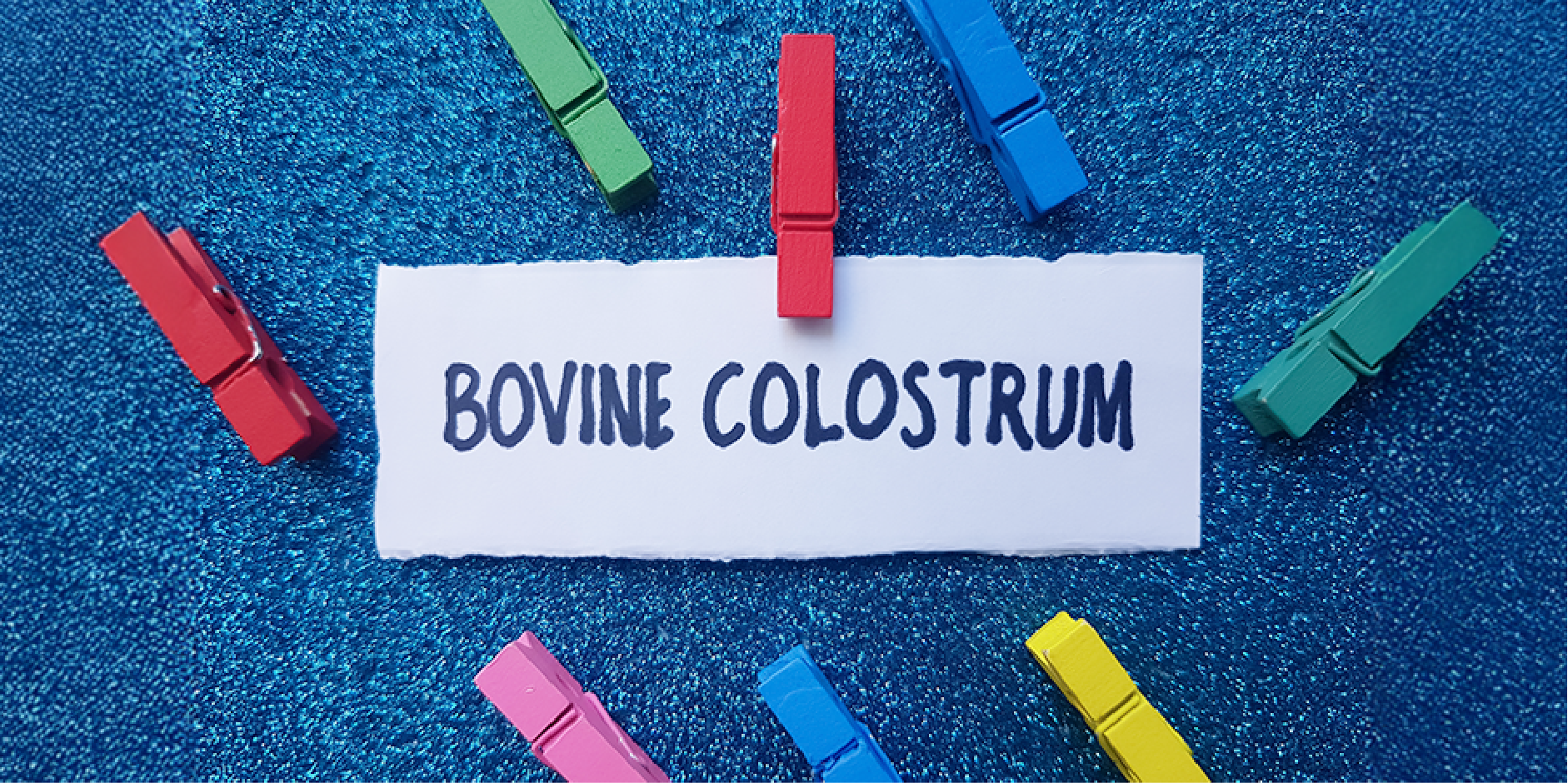 Gastroenteritis - Viral_Management 3
Gastroenteritis - Viral_Management 3Bovine colostrum contains antimicrobial peptides (lactoferrin, lactoperoxidase), immune-regulating and inflammatory cytokines, and growth factors that may help provide passive immunity by enhancing different immune functions (eg phagocytosis, antigen presentation, antimicrobial activity via antigen chelation, inflammation control) in the gastrointestinal tract. Studies showed that bovine colostrum improved clinical symptoms (eg reduced stool frequency, reduced occurrence and duration of diarrhea) in children with infectious diarrhea. The clinical benefit of bovine colostrum in the prevention and management of infectious diarrhea is currently undergoing clinical trials.
Probiotics
Probiotics may be used in rotavirus gastroenteritis to reduce the intensity and duration of acute infectious diarrhea in children. Examples of probiotics are Bifidobacterium spp, Lactobacillus spp (ie Lactobacilllus rhamnosus, Lactobacillus reuteri [Limosilactobacillus reuteri]), and Saccharomyces boulardii.
Zinc
Zinc may decrease the duration and severity of diarrheal illness and reduce the incidence of diarrhea in the next 2-3 months if given during an episode of diarrhea. For patients up to 6 months old, Zinc may be given at 10 mg/day PO for 10-14 days. For patients ≥6 months old, this may be given at 20 mg/day PO for 10-14 days.
Investigational Agents
The European Society for Paediatric Gastroenterology Hepatology and Nutrition (ESPGHAN) did not give any recommendations regarding the use of prebiotics and synbiotics in the treatment of acute gastroenteritis. Human milk and gelatin tannate are being studied to conclude their use in the management of gastroenteritis.
Nonpharmacological
Rehydrate and Maintain Hydration
Oral rehydration therapy encompasses two phases of treatment: The
rehydration phase, where electrolytes and water are administered as oral
rehydration solution to replenish fluid losses and should be performed rapidly
within 3-4 hours; and the maintenance phase, where there is restoration of
ongoing fluid and electrolyte losses, and adequate dietary intake.
Age-appropriate diet (including solids) for rapid realimentation is recommended
once adequate degree of hydration is attained. Breastfeeding should be continued,
especially for breastfed patients. Changes in formula milk are not necessary.
Dietary
Therapy
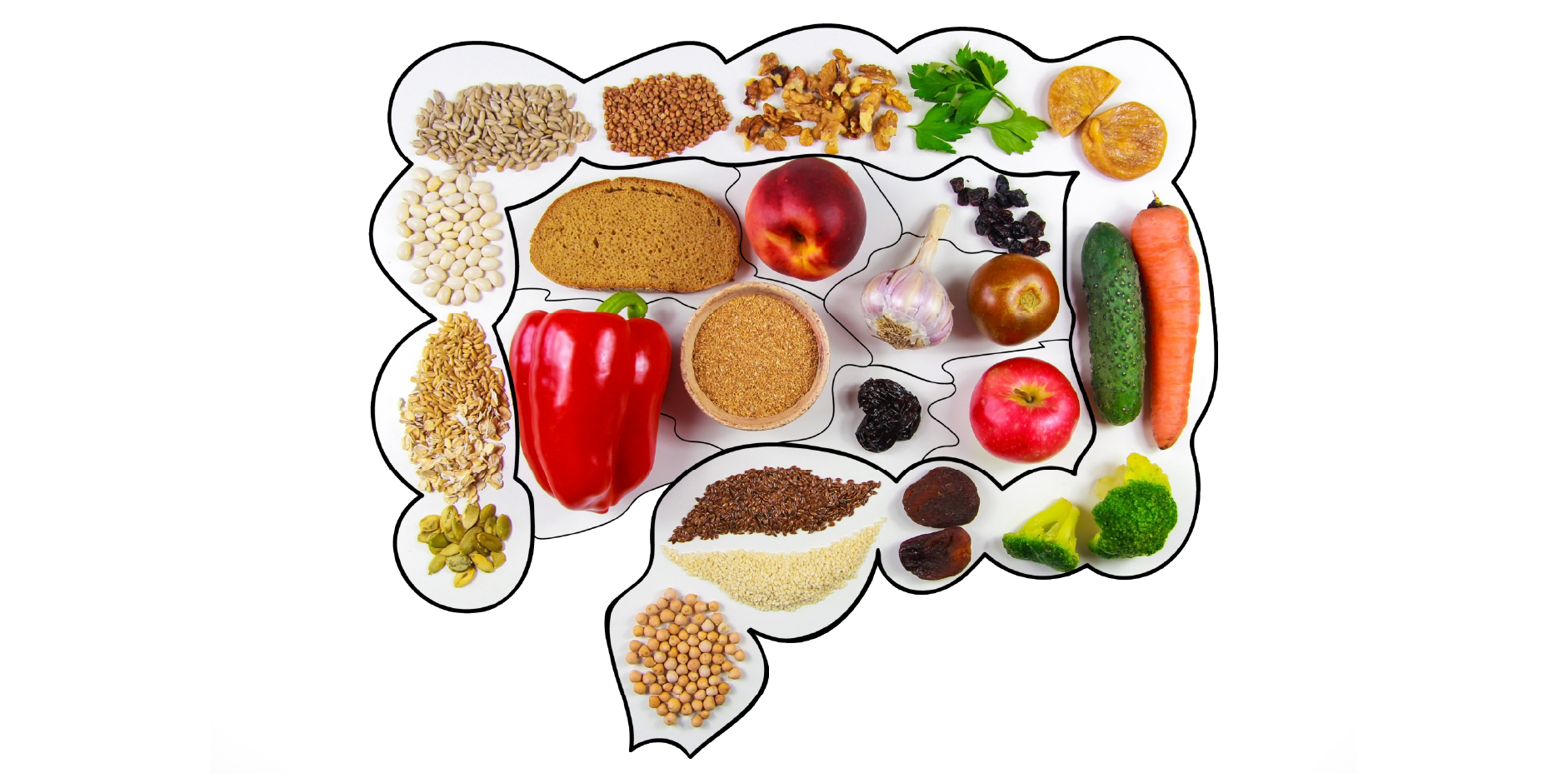 Gastroenteritis - Viral_Management 4
Gastroenteritis - Viral_Management 4Dietary therapy depends on the age and the diet history. Breastfed patients should continue nursing on demand, while formula-fed patients must continue their usual full-strength milk. Based on several trials, feedings with diluted formula are associated with protracted symptoms and delayed nutritional recovery. Lactose-free formulas are recommended in patients with documented and persistent lactose intolerance and those with severe symptoms requiring hospitalization. The intake of the patient’s usual diet is recommended. The recommended foods include complex carbohydrates, lean meats, yogurt, fruits and vegetables. Highly specific diets (eg BRAT [banana, rice, applesauce and toast] diet) have been commonly recommended; however, these may provide insufficient nutrition for the patient’s nourishment and recovering gut. Foods high in simple sugars should be avoided.
Patient/Parent Education
 Gastroenteritis - Viral_Management 5
Gastroenteritis - Viral_Management 5Viral gastroenteritis is contagious; hence, asymptomatic patients are advised not to play with infected patients. A child may attend school or daycare as long as stools are contained in the diaper, toilet-trained toddlers and children are accident-free when using the toilet, the stool frequency of diarrhea is less than two stools more than the child’s normal bowel movement frequency, and the last episode of diarrhea or vomiting was ≥48 hours ago. Appropriate sanitation measures (eg handwashing, housekeeping) should be observed at all times. Careful food preparation and food and drinking water storage measures should be done. Appropriate measures in changing and disposal of diaper (eg separate diaper changing from food preparation areas, properly sanitizing diaper changing area) should be observed. Fomites should also be disinfected, as viral spread from these objects has been reported. Advise patients not to take carbonated drinks and sweetened fruit juices for rehydration, as these may result in osmotic diarrhea. An intake of plain water in large amounts also for rehydration may result in hyponatremia and hypoglycemia.
Prevention
The prevention of most cases of viral gastroenteritis depends on the
use of safe and effective vaccines. Universal immunization against rotavirus is
recommended by the World Health Organization (WHO). Currently, four vaccines
are available to prevent severe diarrhea caused by rotavirus infection. Several
studies support that early vaccination simulates initial natural infection,
thus preventing subsequent severe cases of rotavirus gastroenteritis. Vaccines
against norovirus are currently being developed, with preliminary results
showing good tolerability in children.
Human
Rotavirus Vaccine
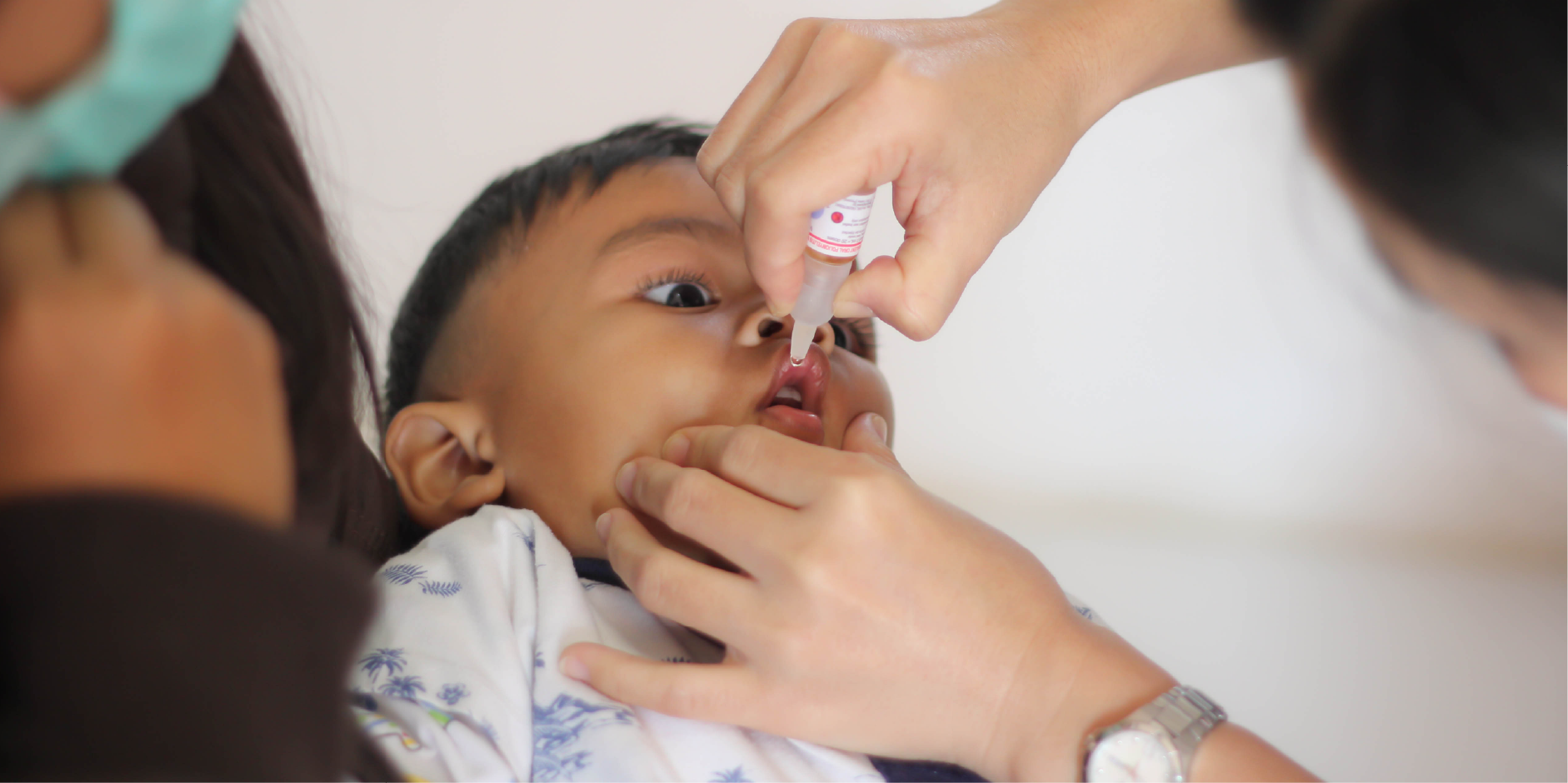 Gastroenteritis - Viral_Management 6
Gastroenteritis - Viral_Management 6Human rotavirus vaccine contains live attenuated human rotavirus strain. This prevents gastroenteritis caused by the most common genotypes G1P[8], G2P[4], G3P[8], G4P[8] and G9P[8]. The effectiveness has also been demonstrated against the less common genotypes G9P[4] and G9P[6] and the uncommon genotypes G8P[4] (severe gastroenteritis) and G12P[6] (any gastroenteritis). Based on a clinical study done in Asia, the vaccine showed a 100% protective efficacy against severe gastroenteritis during the first year of life, with the efficacy sustained up to 3 years of age. This is recommended as a 2-dose series starting at 2 months of age, given at 8-week intervals.
Human rotavirus vaccine can be simultaneously administered with the following vaccines without affecting the immune responses and safety profiles of the administered vaccines: Hepatitis B vaccine (HBV), inactivated polio vaccine (IPV), Haemophilus influenzae type b vaccine (Hib), pneumococcal conjugate vaccine (PCV), meningococcal serogroup C conjugate vaccine, diphtheria-tetanus-acellular pertussis vaccine (DTPa/DTaP), diphtheria-tetanus-whole cell pertussis vaccine (DTPwithDTwP), and hexavalent vaccines (DTPa-HBV-IPV/Hib). The concomitant administration with oral polio vaccine (OPV) may slightly reduce the immune response to rotavirus vaccine; however, the clinical protection of rotavirus vaccine against severe gastroenteritis would not be affected. It is advised that 2 weeks should lapse between administration of the two vaccines.
Pentavalent Rotavirus Vaccine
Pentavalent rotavirus vaccine contains live reassortant rotaviruses developed from human and bovine hosts. This prevents gastroenteritis caused by serotypes G1P1A[8], G2P1[4], G3P1A[8], G4P1A[8] and G9P1A[8]. The efficacy in preventing any grade of gastroenteritis severity reached 72.5-74% based on two studies done from the time of completion of the 3-dose regimen through the first rotavirus season after the vaccination. The two trials also showed that the vaccine has clinical efficacy of 98-100% in preventing severe cases. There is a 95.8% reduction in hospitalizations for severe gastroenteritis during the first 2 years following the final dose. This is recommended as a 3-dose series starting at 2 months of age, given at 8-week intervals.
Pentavalent rotavirus vaccine may be simultaneously administered with the following vaccines without affecting the immune responses of the administered vaccines: HBV, IPV, OPV, Hib, PCV, DTPa, meningococcal serogroup C conjugate vaccine, and hexavalent vaccines. The concomitant administration with oral polio vaccine (OPV) may reduce the immune response to rotavirus vaccine; however, there is evidence that a high level of efficacy against severe gastroenteritis is maintained. It is advised that 2 weeks should lapse between administration of the two vaccines.
Other Rotavirus Vaccines
Other rotavirus vaccines include the Lanzhou lamb rotavirus vaccine, the oral bovine rotavirus pentavalent vaccine, the oral human neonatal rotavirus vaccine (RV3-BB), and the human attenuated rotavirus vaccine (G1P[8]) in lyophilized and liquid formulation. A study in Indonesia showed that RV3-BB was efficacious in preventing severe rotavirus gastroenteritis when administered based on the neonatal/infant immunization schedule in Indonesia.
Vitamin/Mineral Supplementation
Zinc supplementation may be given to children 6 months to 12 years of age to prevent acute infectious diarrhea. Vitamin A supplementation may be given to infants and children >6 months of age to prevent acute infectious diarrhea.
